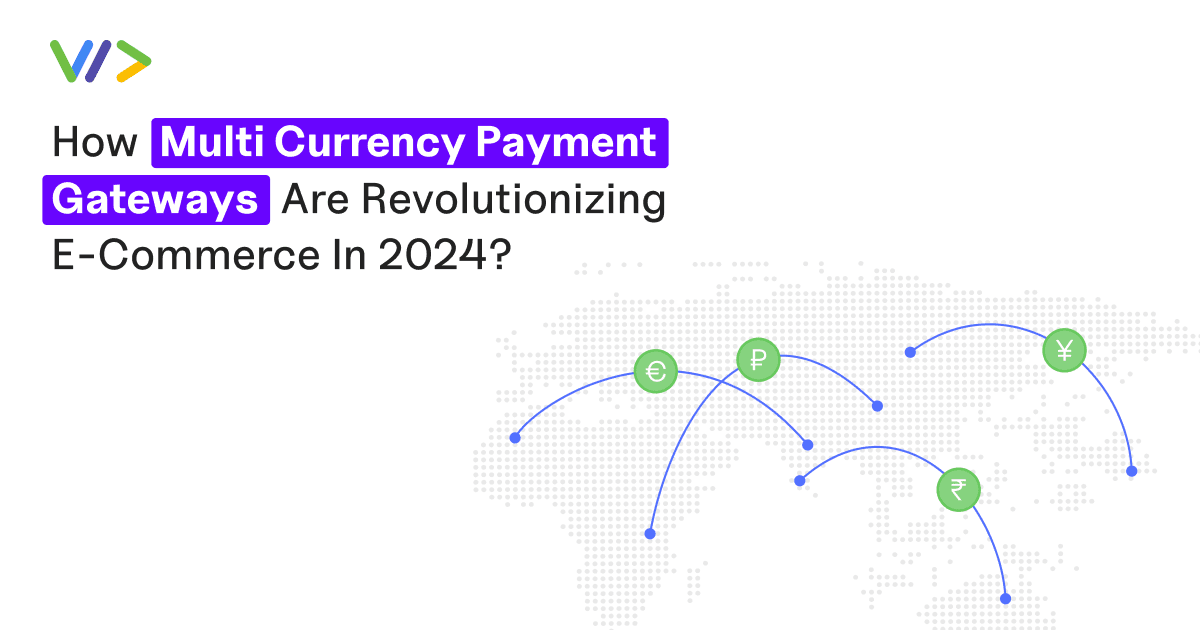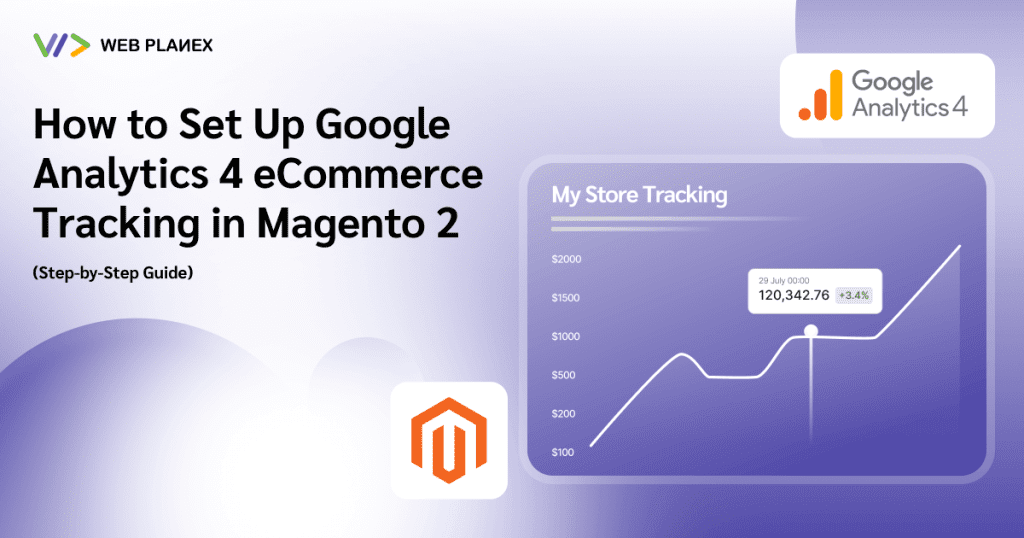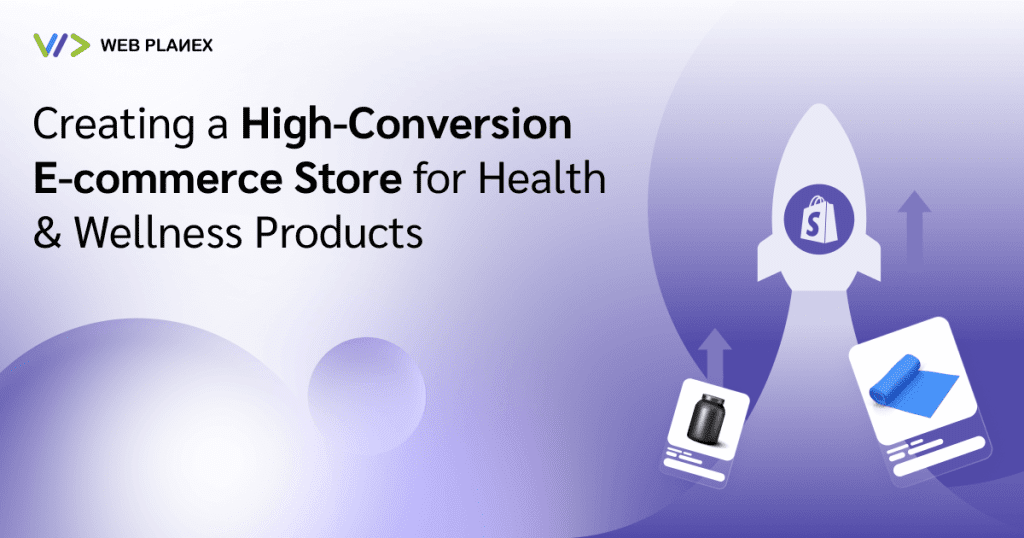
Recalling the times when one would eagerly anticipate a product online, but find themselves confused by the price displayed in foreign currency. Those days have become past. In the current era of global e-commerce, the convenience of purchasing products from anywhere has become much easier.
A new technology is simplifying cross-border shopping. It is called a multi-currency payment gateway and is revolutionizing the E-commerce world in 2024. It is one of the most convenient ways to shop online, no matter where you are in the world.
In the near future, expect to see the payment services industry integrating blockchain technology, artificial intelligence, real-time payments, contactless payments, and further innovations into its payment solutions.
We will explore the trends of multi-currency payment gateways that revolutionized the e-commerce world.
An Overview of a Multi-Currency Payment Gateway?
A payment gateway is the software responsible for securely capturing cardholder data during the checkout process and sending this information to the issuing band and card network to get their approval and authorization.
A multi-currency payment gateway reduces currency conversion costs by enabling the purchaser to conduct transactions in one currency while permitting the seller to withdraw the funds in a different currency. Here is how a multi-currency payment gateway works.
How Does a Multi-Currency Payment Gateway Work?
- From your checkout page, customers are smoothly redirected to the payment gateway to finalize their purchase with their payment details.
- Payment gateway forwards the payment information to the designated payment processor, often your bank.
- The bank identifies the right payment network, such as the card issuer, and forwards the details for authorization.
- Your merchant account directly receives the payments in the selected currency without conversion fees, bypassing additional expenses.
Benefits of Multi-Currency Payment Gateways
Transparency and Convenience:
It provides the option for customers to pay in their local currency, which offers greater transparency in the payment process, eliminating the uncertainty of dealing with fluctuating exchange rates inherent in foreign currency transactions.
Providing customers with various currency options simplifies the checkout process, which leads to a personalized user experience and potentially increased conversion rates.
Affordable Cross-Border Transactions:
With multi-currency payment gateways, you can bypass foreign exchange conversion fees related to currency conversion. This makes cross-border transactions more affordable. Additionally, it helps avoid any confusion surrounding conversion rates. Due to their consistent fluctuations, it can be challenging to discern if the exchange offers a favorable deal.
Automatic Invoice Generation:
If your business offers subscription-based services in various currencies, an advanced payment gateway can automatically generate invoices and send them out in the required currencies based on the predefined rules. This approach saves valuable time and reduces currency conversion-related errors made by humans. Additionally, you will no longer need to keep track of sending invoices in a timely manner, reducing the concern of customers forgetting to make regular payments monthly, quarterly, or annually.
Compliance:
The regulations for international payments vary depending on the geographic region. With automation features, payment gateways can ensure adherence to regulations at every stage, reducing the need for manual intervention. Most importantly, you get timely notification of any suspicious activity, validate transaction information, and even produce informative reports.
Currency Risk Management:
Advanced automated payment processors offer protection against exchange rate fluctuations through specialized tools and hedging strategies. With this tactic, you can manage to maintain a positive cash flow even when currencies behave adversely.
Streamlined Accounting and Reconciliation Processes:
Prominent payment gateways help simplify accounting and reconciliation by converting incoming funds from different currencies into the merchant’s local currency of choice. This process occurs automatically, minimizing the need for manual intervention and effort.
Seamless integration:
Integration of multi-currency gateways with e-commerce platforms and enterprise resource planning systems is hassle-free. This simplifies the process for international customers to make payments in their native currencies easily.
Automated Tracking:
With automated payment processors, all transactions can be monitored in real-time. This keeps merchants and customers updated, enhancing the overall experience for both parties. Moreover, it allows you to identify possible ways for optimizing the checkout process further and integrate extra security protocols if need be.
Future Trends in Multi-Currency Payment Processing
Now, let’s delve into the technological advancements adopted by multi-currency payment gateways.
Blockchain Technology:
According to a PYMNTS survey, a minimum of 56% of international businesses utilize blockchain technology. The integration of blockchain technology into payment gateway development signifies a notable leap forward. The use of blockchain technology in payments is gaining traction due to its transparency and security, particularly in cross-border transactions.
Through its decentralized nature and transparent processes, blockchain provides a secure transaction method, effectively eliminating the risks of fraud. Moreover, it can decrease transaction costs and streamline processing, which is beneficial for merchants and consumers alike.
With its immutable ledger, blockchain ensures secure and transparent record-keeping, ultimately building trust and transparency.
Artificial Intelligence and Machine Learning:
Transformative technologies like artificial intelligence and machine learning empower financial service providers to analyze financial data and transactional information, recognize patterns, and make predictions, thereby enhancing security measures, evaluating risk, and aiding in fraud detection.
Integrating these technologies into multi-currency payment gateway systems helps automate data analysis, ultimately streamlining the process and enhancing decision-making abilities. Machine learning algorithms adapt and refine their accuracy with the influx of new data, continuously evolving over time. As a result, transaction processes become more secure and efficient, which lowers risks for both merchants and customers.
Mobile Wallet Compatibility:
With the rise of mobile commerce, payment gateways are seeking integration with mobile wallets. The compatibility with platforms such as Apple Pay and Google Pay provides a fast and convenient payment option through smartphones. With NFC (Near Field Communication) technology, customers can effortlessly complete transactions with a single tap, enhancing the store speed and convenience of the checkout process.
Conclusion
In the evolving landscape of e-commerce, multi-currency payment gateways stand out as transformative tools, reshaping how e-commerce businesses and consumers navigate global transactions. By seamlessly integrating with cutting-edge technologies, these gateways not only enhance convenience and transparency but also mitigate risks and streamline processes.




